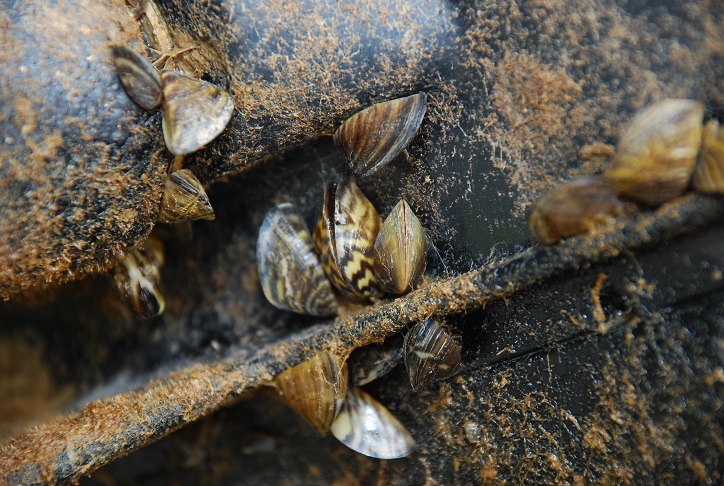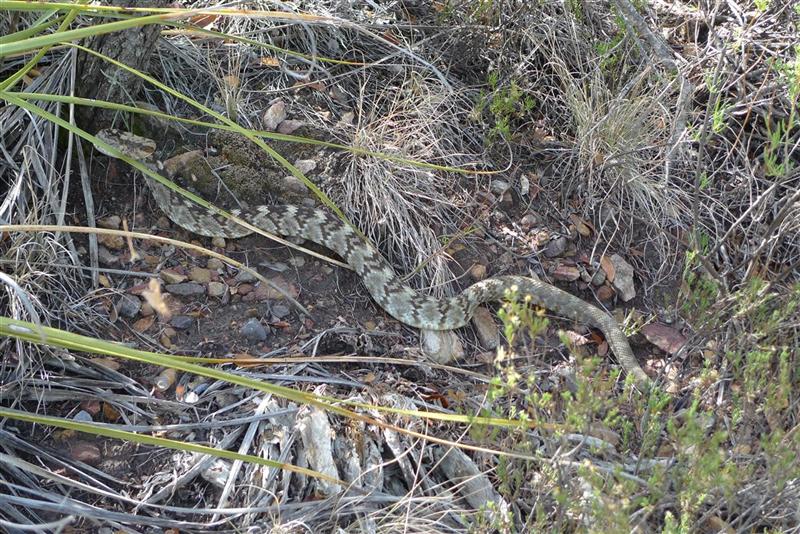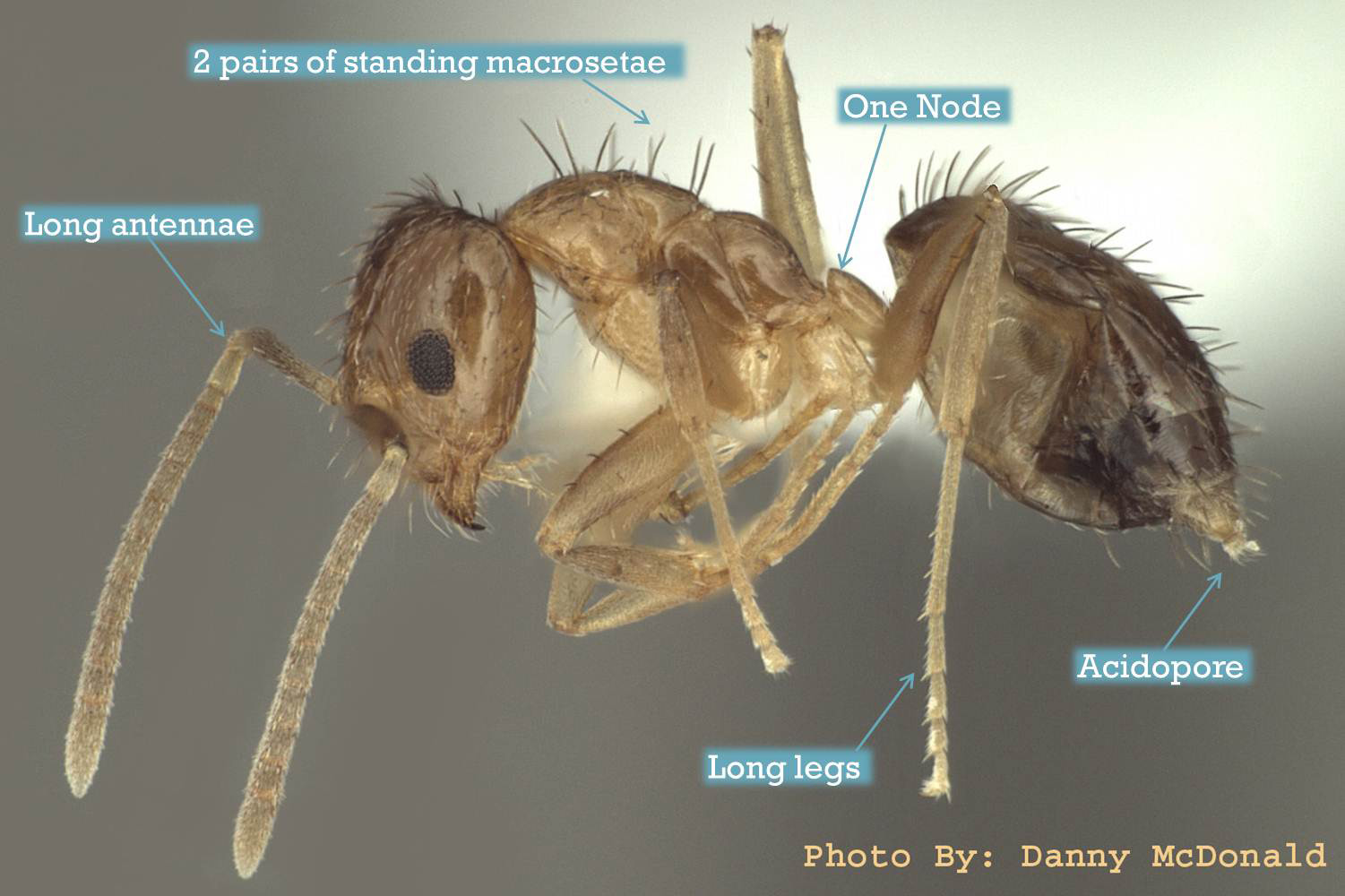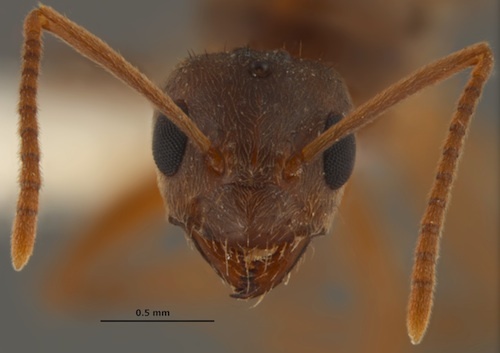Wildlife/Citizen Science: Helping Biologists
Wednesday, November 6th, 2013This is Passport to Texas
Texas Mussel Watch volunteers collect data on rare and at risk mussel species.
20— Texas Mussel Watch Volunteers get out there in water bodies in their local communities, and they record all of the freshwater mussels that they observe at that site. And it takes a really special person to do that, because they’ve got to get in the water, muck around in the mud…. They’re just really special volunteers.
Program coordinator, Marsha May said during routine monitoring, one of her volunteers made an important discovery.
30— Near the end of September, one of my volunteers sent me an email with fabulous photographs of a species she found in Lake Belton attached to another native mussel, and really to me it looked to me like Zebra Mussels. I wanted to be absolutely sure, because that’s not something you take lightly. I sent the email with the photographs on to Inland Fisheries and they sent some folks out to Lake Belton and confirmed that they were Zebra Mussels.
Zebra mussels are a highly destructive non-native invasive species, and we’ll learn more about them tomorrow.
The Wildlife and Sport Fish Restoration Program supports our series. For Texas Parks and Wildlife…I’m Cecilia Nasti.







 Passport to Texas is a
Passport to Texas is a  Passport to Texas is made available by:
Passport to Texas is made available by: